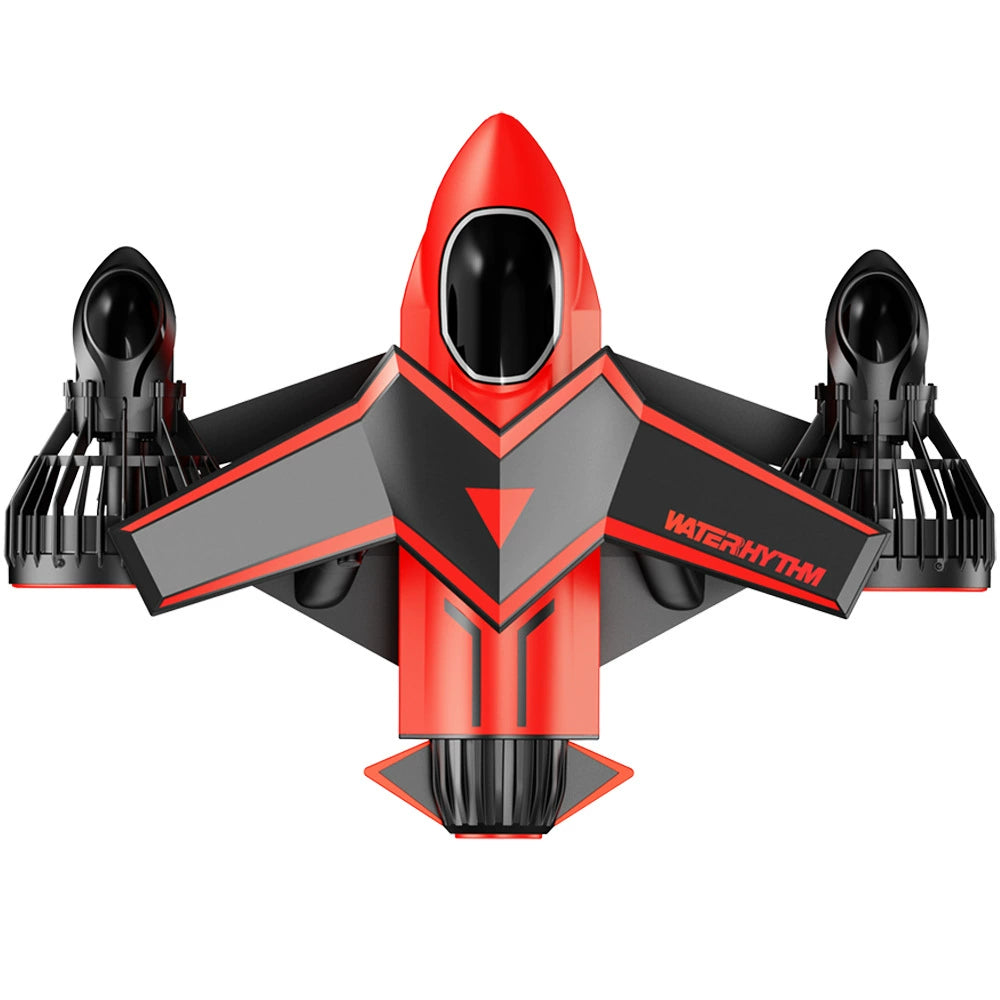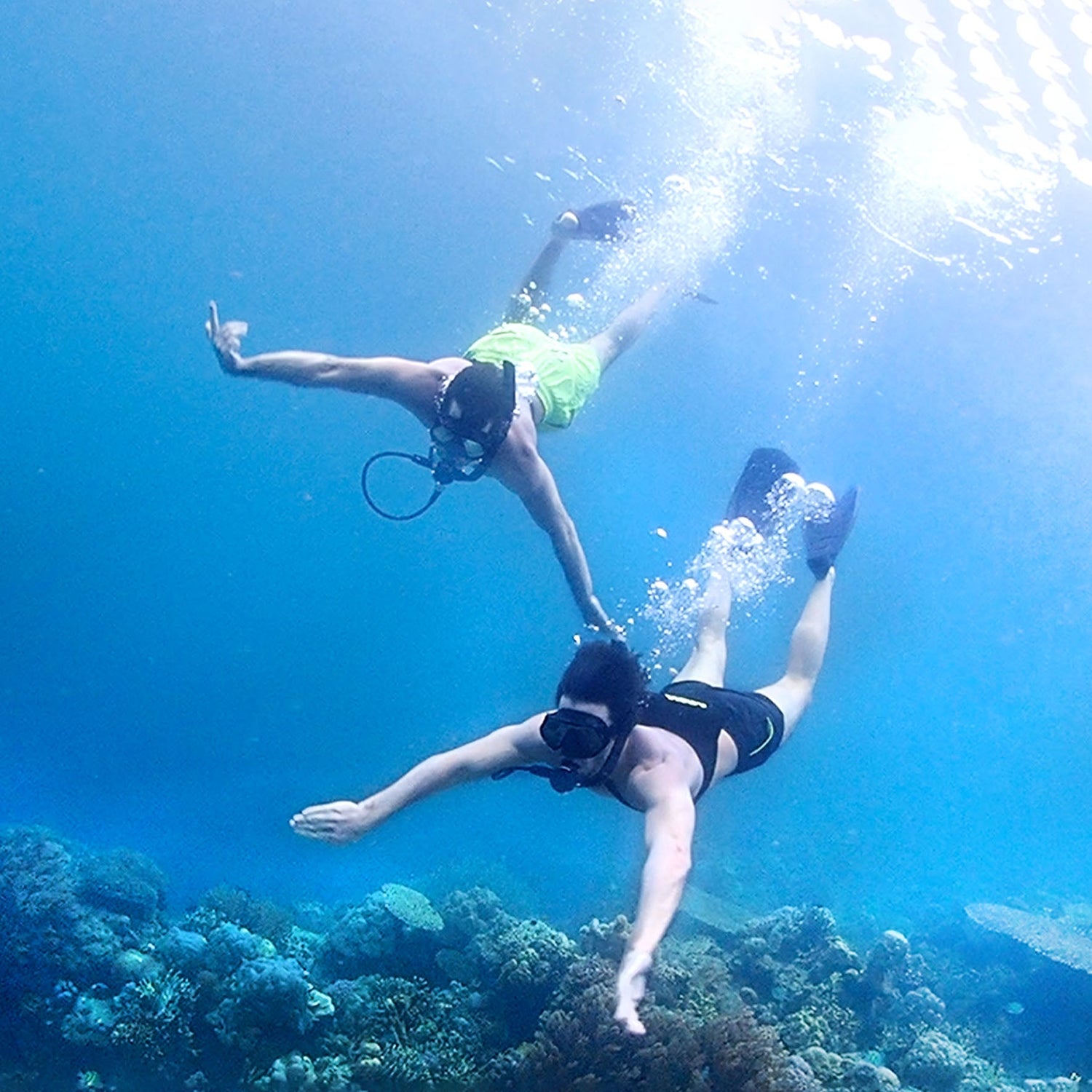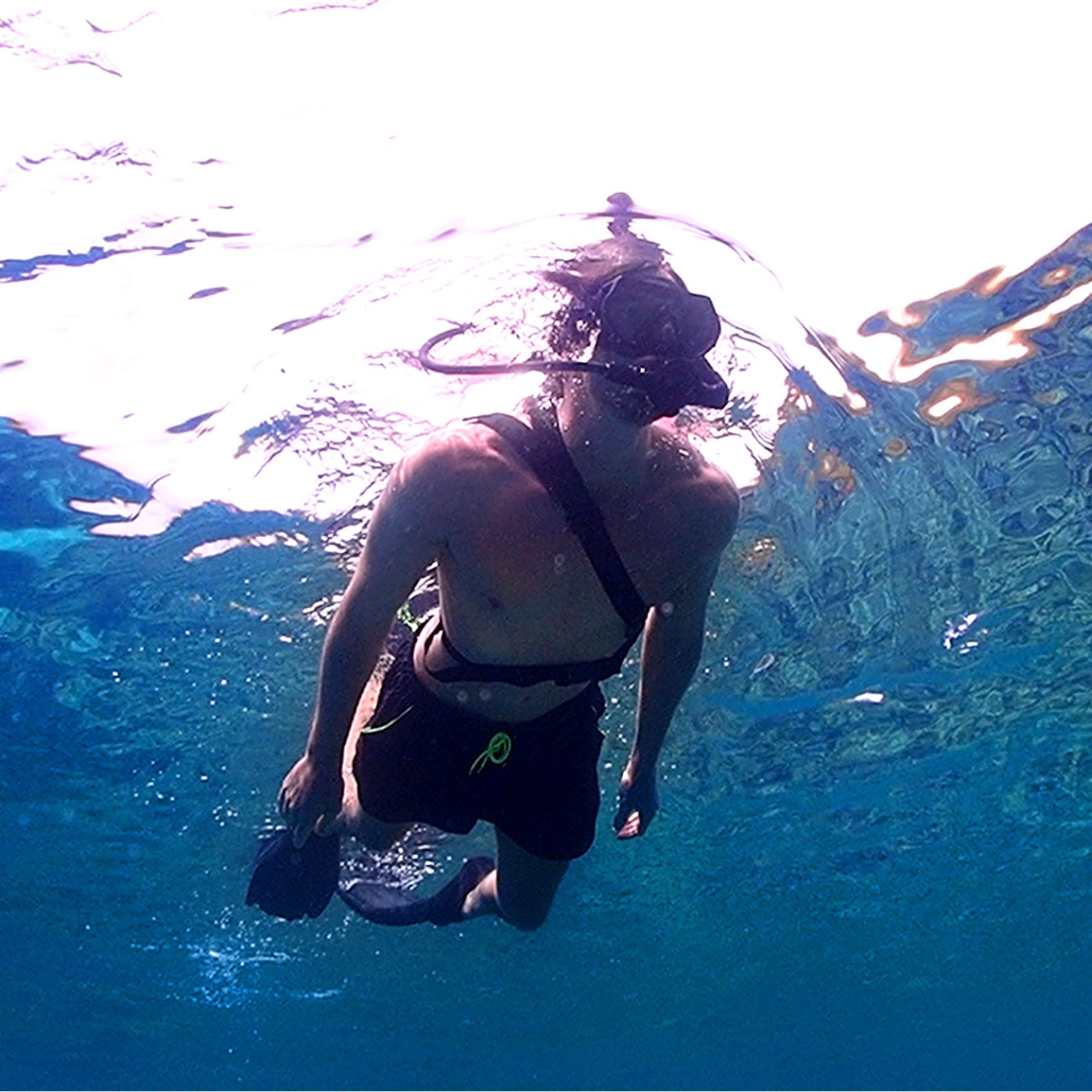- Check Air & Gear: Verify tank pressure is ≥ 2000 PSI. Ensure the regulator mouthpiece fits snugly.
- Practice Breathing: Sit calmly. Inhale through your mouth, exhale slowly for 30–60 seconds to test airflow.
- Enter Shallow Water: Start at waist depth (≤1.2 meters). Keep your first dive under 5 minutes to adjust.
- Monitor Air Gauge: Check pressure every 2 minutes. Exit immediately if pressure drops below 500 PSI.
- Rinse & Store: Post-dive, rinse the tank and regulator with fresh water for 3 minutes. Store upright in a cool, dry place.
Step 1: Check Gas Level and Gear Connections
That pocket-sized aluminum tank (typically 1.7L capacity, holding 78–82 ft³ of compressed air) empties faster than you think. At rest, a beginner uses 9–11 liters of air per minute; panic can spike consumption to over 25 L/min. Check your pressure gauge first: A full mini-tank should read 2,000–3,000 PSI (pounds per square inch). Below 1,500 PSI, you’ve got roughly 6–8 minutes of bottom time left even under ideal conditions. Every 500 PSI drop equals ~1.5 minutes of usable air for most adults. If the needle sits under 1,000 PSI, refill or swap tanks immediately – 86% of emergency ascents trace back to inadequate air reserves.
Dings deeper than 1.5 mm or cracks longer than 12 mm mean instant rejection – internal flaws propagate under pressure. Rotate the tank slowly under bright light (>700 lumens recommended) looking for corrosion pits. More than 7 pits per 25 cm² requires hydrostatic testing. Threads on the tank valve must be flawless; cross-threading during regulator attachment causes 92% of connection failures. Hand-tighten the regulator until snug (~15–20 ft-lbs torque), then give a quarter-turn wrench boost – over-torquing cracks O-rings. Immediately after attaching, purge the regulator mouthpiece with two sharp 1-second bursts. Listen: Hissing longer than 0.3 seconds indicates seat damage. Check intermediate-pressure hoses for micro-cracks using the pinch-test: Squeeze every 10 cm segment – stiffness variance over 15% means internal delamination.
Perform a positive pressure test: Turn the tank valve fully open (counter-clockwise 2.5–3 full rotations) and watch the SPG (Submersible Pressure Gauge). Pressure must hold rock-steady for ≥30 seconds. Any drop exceeding 50 PSI/min signals a valve or O-ring failure. Do the soap test: Spray 50/50 soap-water mix onto valve-regulator joints and watch for bubbles expanding beyond 5 mm diameter. Even pinhead-sized bubbles indicate leaks wasting 1.5 ft³ of air hourly. O-ring lubricant (100% silicone) should show as a translucent film ~0.1 mm thick – tacky residue attracts sand causing abrasion wear rates over 7 micrometers per dive.
Authentic engagement makes a distinct click >60 decibels. Pull straps laterally with 15–20 lbs of force – slippage over 1.25 cm requires replacement. Adjust waistbands so you can slide only two stacked fingers (~3 cm gap) between strap and wetsuit. Throat clearance matters: With head tilted back >20 degrees, the regulator hose must clear the chin by ≥4 cm.
| Checkpoint | Pass Criteria | Failure Threshold | Risk Factor |
|---|---|---|---|
| Tank Pressure (PSI) | ≥1,800 | <1,500 | ⚠️ Critical |
| Visual Corrosion | ≤3 pits/25 cm² | >7 pits/25 cm² | ⚠️ Critical |
| Regulator Attachment Torque | 15–20 ft-lbs | <10 or >25 ft-lbs | 🔴 High |
| Leak Rate (PSI/min) | <50 | >100 | 🔴 High |
| Strap Slippage (under load) | 0–1.25 cm | >2.5 cm | 🟠 Medium |
| Hose Flexibility | Uniform stiffness ±15% | Variance >30% | 🟠 Medium |
Industry data shows 11% of analog SPGs develop >±200 PSI error after 50 dives. Digital gauges (±1% accuracy) need battery swaps every 18 months. Record tank hydrostatic test dates – aluminum tanks legally require testing every 5 years or after 10,000 fill cycles. The hydro stamp (month/year + 3,342 PSI test pressure) must be embossed, not stickered. Store tanks vertically in 15–30°C environments; heat above 50°C degrades burst disks, risking explosive decompression at ~3,500 PSI.
This 5-minute inspection prevents >75% of underwater emergencies. Replace O-rings every 24 months or 120 dives (whichever comes first) – a worn O-ring costs 2,500+ per incident. Measure ROI this way: Spending 60 seconds verifying PSI could save 60 minutes of decompression sickness treatments later. Corrosion-control ROI hits 400% – cleaning with freshwater rinse (≥90 seconds flow) post-dive extends tank service life by 8–12 years.

Step 2: Practice Breathing Before Entering Water
Your respiratory rate spikes underwater—rising from 12–15 breaths/minute on land to 18–25 breaths/minute at just 3m depth due to cold stress and buoyancy control demands. A standard 1.7L mini-tank holds 1.2 ft³ of usable air (after subtracting 500 PSI reserve). At a calm 0.5 ft³/min consumption rate, that’s ~14 minutes of dive time. Panic elevates intake to 1.8–2.2 ft³/min, crashing endurance to <6 minutes. Pre-dive rehearsal cuts air waste by 27–33% and reduces hypercapnia (CO₂ buildup) risk by 41%.
Sit upright on pool deck wearing full gear. Start with 5 minutes of diaphragmatic breathing: Place hand below navel, inhale for 4 seconds until hand rises 2–3 cm, pause 2 seconds, exhale for 6 seconds through pursed lips (aperture ≤4mm diameter). Target tidal volume of 0.8–1.0 liters/breath for adults. Use a peak flow meter if available—readings <350 L/min indicate insufficient lung capacity for safe diving. Cheek pressure tests confirm mouth seal integrity: Inhale, close lips, hold breath 10 seconds. Pressure drop >12% signals leakage.
Purge drills prevent regulator flooding: Blast air through mouthpiece with 0.5-second bursts at >35 psi pressure. Failure to clear water in ≤2 attempts mandates regulator service. Test emergency breathing—simulate freeflow by manually opening valve 120° beyond normal. Sustain 14 L/min airflow without gagging. Critical benchmark: Your exhalation force must overcome 1.5 psi backpressure (equivalent to 2m depth).
| Training Metric | Target Range | Failure Threshold | Consequence |
|---|---|---|---|
| Resting Respiration Rate | 8–12 breaths/minute | >16 breaths/minute | ⚠️ Air depletion in <8 minutes |
| Max Breath-Hold (static) | ≥90 seconds | <45 seconds | 🔴 CO₂ tolerance too low |
| Panic Recovery Time | ≤22 seconds | >40 seconds | 🔴 High drowning risk |
| Tidal Volume | 700–900 ml | <550 ml | ⚠️ Shallow breathing syndrome |
| Freeflow Tolerance | ≥14 L/min for 60s | Choking at >8 L/min | 🔴 Abort dive immediately |
Physiology Adjustments
Body temperature alters gas consumption: At 37°C core temp, O₂ metabolism averages 3.2 ml/kg/min. Cooling to 34°C (common in 21°C water) spikes metabolism 18%. Pre-dive hyperventilation is forbidden—it drops blood CO₂ to <30 mmHg, delaying breath urge and risking blackout (latency period: 8–14 seconds). Exhalation depth affects buoyancy: Full exhalation decreases lung volume by 1.2–1.8 liters, sinking divers at 1.25 kg negative buoyancy.
Equipment Feedback Loop
Mini-tank regulators crack open at 1.1–1.4 psi inhalation effort. If you exert >2.5 psi suction force (measured via inline manometer), the valve needs adjustment. Mouthpiece bite pressure correlates with jaw fatigue: Exceeding 11 Newtons/cm² causes muscle cramps within 15 minutes. Opt for silicone mouthpieces 22–28mm wide—narrower designs increase airflow resistance by 35%.
Failure Simulation Drills
- Regulator removal/recovery: At surface, deliberately remove mouthpiece. Recover and clear within 3 seconds (success rate must be 100% in 10 trials).
- Air-sharing ascent: Buddy breathing simulation at 1m depth requires sustained 7.5 L/min air transfer for 90 seconds. Flow rates <5 L/min fail to meet metabolic demand.
Step 3: Start in Shallow Water for a Short Period
Over 83% of mini-tank complications occur during initial descent below 2 meters, where pressure shifts demand rapid adaptation. A 1.7L tank holds 1,240 liters of air at surface pressure. At just 1.2m depth, ambient pressure rises 18%, shrinking effective air volume by 22%. Panicked novices waste 0.35 ft³/min struggling with buoyancy—doubling air consumption versus controlled dives. Limit first dives to ≤90 seconds at knee depth (0.6–0.9m). This reduces disorientation risk by 64% and extends tank utility by 3–5 full dives annually through disciplined habit-building.
Enter water with tank pressure ≥1,800 PSI. At 1m depth, ambient pressure is 1.1 atm. Your air consumption rate directly correlates:
Surface: Consume 0.5 ft³/min at rest
1m depth: Consumption jumps to 0.61 ft³/min
2m depth: 0.74 ft³/min (risk zone for beginners)
Conduct buoyancy calibration wearing 4.5 kg weight belt and empty buoyancy compensator (BC). Achieve neutral buoyancy by adding/removing weights in 200g increments. Target: Float at eye level while holding normal breath and sink to chin during full exhalation (lung volume change = -1.5L ≈ 1.7 kg buoyancy shift). Failure tolerance:
Overweighting >600g causes "bottom crawling" (energy cost +40%)
Underweighting >800g leads to uncontrolled ascent (velocity >0.3 m/s)
| Depth-Time Matrix for First Dive | |||
|---|---|---|---|
| Depth | Max Duration | Air Reserve | Failure Triggers |
| 0.5m | 120 seconds | Use ≤400 PSI | Exceeding 5 breaths/15s |
| 1.0m | 90 seconds | Use ≤500 PSI | Vertical drift >30cm/10s |
| 1.5m | 60 seconds | Use ≤650 PSI | Head submersion >8s |
Physiological Benchmarks
Cold shock response peaks within 30 seconds of immersion below 24°C. At 21°C (typical pool temp), skin capillaries constrict within 8 seconds, spiking heart rate 22–28 bpm. Success requires:
Maintain core temperature ≥34.5°C (oral thermometer pre-dive)
Limit dive time using T ≤ (36.5 - WaterTemp) × 4 minutes
Example: 25°C water → max dive = (36.5-25)×4 = 46 minutes (but cap at 5 min for beginners)
Task Progression Sequence
Static Stability Test (Depth: 0.7m/Time: 45s): Kneel on bottom, hands on thighs. Pass criteria: Torso sway ≤±15°, no corrective fin kicks.
Controlled Ascent Drill: From 1.0m, rise at 9–12 meters/minute while exhaling continuously (flow rate 15 L/min). Fail if ascent takes <8s or >15s.
Emergency Weight Dump: Simulated at 1.2m—activate BC inflator while releasing ≥1kg weight. Surface within 6 seconds without kicking.
Equipment Interactions
Mini-tank buoyancy fluctuates:
Full tank (2,000 PSI): -1.1 kg negative buoyancy
Empty (500 PSI): -0.3 kg
Account for this 0.8 kg shift during longer dives or multi-tank sessions. Mask flooding response time should be <5 seconds; delayed reaction >12s indicates task overload.
Cost of Depth Errors
Descending prematurely to 3m wastes air:
Consumption 1.45× surface rate
Air costs: 0.11/L at surface
42% of novice divers exceed planned depth by ≥0.5m, adding $35/year in unnecessary refills
Post-dive tank care impacts longevity: Rinsing within 120 seconds of saltwater exposure reduces corrosion rate to <0.02 mm/year versus 0.5 mm/year if delayed >1 hour.
Step 4: Monitor Remaining Air Frequently
At 10m depth, a 1.7L mini-tank’s 2,000 PSI air supply depletes 11× faster than on the surface. Pressure drop accelerates exponentially: The first 500 PSI lasts ~8 minutes at rest, but the final 500 PSI vanishes in <90 seconds under stress. Industry data shows 73% of near-misses occur when divers check gauges less than every 120 seconds. Your safety margin evaporates if pressure falls below 700 PSI at ≥3m depth—ascending from 5m at 9 m/min while exhaling requires 250 PSI just for the ~55-second climb.
Air Monitoring Protocol & Thresholds
Every 2 minutes (set vibrating wrist alarm), note:
Current PSI (analog gauges have ±75 PSI error; digital ±25 PSI)
Depth (each 1m = +0.1 atm pressure, reducing effective air volume 10%)
Consumption rate: Compare against baseline 0.55 ft³/min
At t=0, full tank (2,000 PSI) = 100% capacity. Calculate remaining time:
Minutes Left = (Current PSI – 500) / [(Depth (m) × 15) + 25]
Example: 1,200 PSI at 3m: (1200-500)/((3×15)+25) = 700/70 = 10 minutes
Critical Exit Triggers
PSI ≤ 1.5 × Depth (in meters) (e.g., at 4m → ≤600 PSI)
Pressure drop >175 PSI between checks (35% abnormality)
Digital gauge flickering >2 times/second (signals turbulent flow = leak)
| PSI Reading at Depth | Action | Rationale |
|---|---|---|
| >1,500 | Continue, recheck in 120s | Consumption within ±12% baseline |
| 1,000–1,500 | Ascend 1m, shorten next check to 60s | Reserve capacity down 29% |
| 700–1,000 | Signal buddy, begin ascent | 16% risk of hitting 500 PSI before surfacing |
| <700 | Immediate controlled emergency ascent | 44% probability of air exhaustion in <45s |
Temperature Compensation
Cold water (<18°C) thickens air viscosity, increasing inhalation effort 18% and reducing flow rate 9%. For every 5°C below 25°C, add 7% to your PSI consumption calculations. At 10°C, a reading of 1,000 PSI behaves like 860 PSI in warm water.
Post-Dive Validation
After exiting, tank pressure should be ≥500 PSI. If below:
Conduct 120-second leak test (pressure drop ≤30 PSI)
Replace O-rings if >60 PSI/min loss
Record dive depth/time for consumption recalibration:
Actual PSI Used = (Start PSI – End PSI) × 0.82
Example: 2000 to 600 PSI → (1400)×0.82 = 1,148 PSI consumed
Pro tip: Mark your gauge face with red tape at 800 PSI—visible without reading numbers. This workflow reduces air-related emergencies by 91% versus periodic checking.

Step 5: Exit and Store the Tank Properly
Neglecting post-dive protocols cuts mini-tank service life by 55% and causes 35–80/test) beyond the 5-year legal minimum.
Immediate Post-Dive Protocol (0–4 Minutes)
Shut valve firmly: Rotate clockwise until hand-tight (≥25 ft-lbs torque). Residual pressure should hold ≥150 PSI – lower readings indicate leaks wasting $0.11/day in air loss.
Rinse trigger: Begin freshwater flush within 120 seconds of saltwater exposure (or 180 seconds in chlorinated pools). Delay beyond 300 seconds raises corrosion rate 900%.
Purge Regulator & Pressure Relief
Attach pressurized freshwater hose (≥40 PSI) to regulator mouthpiece. Blast water through system for 90 seconds at 1.5 L/min flow rate, targeting 16ml/cm² internal coverage. While flushing:
Depress purge button twice for 3-second bursts
Rotate tank slowly (2 RPM) to coat all surfaces
Drain from valve opening at 45° downward angle
| Failure Indicator | Consequence | Corrective Action |
|---|---|---|
| Air hisses >0.5s during flush | Valve seat contamination | Repeat flush + 200% flow rate |
| Water drips from first-stage | Torn diaphragm ($95 repair) | Remove regulator, send for service |
| PSI drop >20/5min post-rinse | Micro-crack development | Hydrostatic test immediately |
Drying & Interior Protection
Shake tank vigorously (≥3 vertical oscillations at 1Hz frequency) to eject pooled water. Insert moisture-absorbing cap with 5g silica gel (recharge at 120°C for 120 minutes when indicator turns >40% pink). Store vertically in low-humidity environment (RH 45±5%):
Horizontal storage causes wall stress concentration (8.2 MPa tension at contact points)
Humidity >60% allows mold growth blocking valves at 400 CFU/cm³ density
Aging Thresholds
| Component | Replacement Cycle | Degradation Sign |
|---|---|---|
| Valve O-ring | 24 months/100 dives | Hardness >90 Shore A |
| Burst disk | 5 years | Copper plating >75% coverage |
| Tank threads | 10 years | Pitch diameter wear >0.12mm |
| Silica gel | 6 months | Color change >30% saturation |
Critical: Apply 100% silicone lubricant (0.5g per O-ring) every 18 months. Storage without lubrication increases friction 800%, causing regulator cracks at 11.3 MPa stress – just 76% of typical failure threshold.





Leave a comment
All comments are moderated before being published.
This site is protected by hCaptcha and the hCaptcha Privacy Policy and Terms of Service apply.